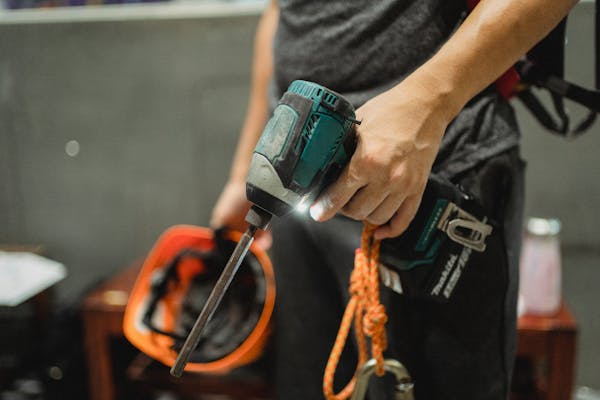In the realm of modern workplaces, the utilization of a diverse array of equipment is a common occurrence. These tools, ranging from heavy machinery to sophisticated computer systems, serve as the lifeblood of productivity and progress. However, amidst the pursuit of efficiency and technological advancement, there exists a paramount aspect that demands unwavering attention—workplace equipment safety.
The significance of workplace equipment safety cannot be overstated. Its implementation not only ensures the welfare of employees but also upholds the smooth operations of businesses. Accidents and injuries resulting from faulty or poorly maintained equipment carry grave consequences, such as productivity setbacks, legal entanglements, and, most devastatingly, the loss of lives.
In this blog, we will explore the crucial reasons why workplace equipment safety must be a top priority for both employers and employees. We will delve into the potential hazards associated with unsafe equipment, underscore the advantages of fostering a culture of safety, and provide practical tips for maintaining and utilizing workplace equipment with utmost caution.
Importance Of Safety At Workplace
Employee Safety: Ensuring the safety of employees is the foremost importance of workplace equipment safety. Properly maintained and operated equipment reduces the risk of accidents, injuries, and occupational hazards, safeguarding the well-being and physical health of workers.
Increased Productivity: Safe and well-maintained equipment allows employees to work efficiently without interruptions or downtime caused by equipment failures. By minimizing unexpected breakdowns and malfunctions, workplace equipment safety promotes consistent productivity and workflow continuity.
Cost Savings: Investing in workplace equipment safety measures, such as regular maintenance and inspections, may incur initial expenses. However, these proactive measures help prevent costly accidents, equipment damage, and legal liabilities. In the long run, prioritizing safety can lead to substantial cost savings.
Compliance with Regulations: Many industries have strict safety regulations and standards in place to protect workers and ensure workplace safety. By prioritizing equipment safety, businesses can ensure compliance with these regulations, avoiding fines, penalties, and reputational damage.
Employee Morale and Retention: When employees feel safe in their work environment, their morale improves, leading to increased job satisfaction and higher retention rates. A safety-conscious workplace fosters a positive culture and demonstrates that the company values its employees’ well-being.
Reputation and Trust: Prioritizing workplace equipment safety showcases a company’s commitment to responsible practices and care for its employees. This commitment enhances the organization’s reputation, building trust among clients, customers, and stakeholders.
Enhanced Efficiency: Well-maintained equipment operates at optimal efficiency, reducing downtime and delays. By ensuring workplace equipment safety, businesses can achieve smooth operations, minimize disruptions, and maximize output.
Legal Compliance: Neglecting workplace equipment safety can result in legal consequences, lawsuits, and penalties. By adhering to safety regulations and maintaining a safe work environment, businesses can mitigate legal risks and protect themselves from potential litigation.
Remember, prioritizing workplace equipment safety is not only an ethical responsibility but also a strategic decision that positively impacts the well-being of employees, productivity, and the overall success of the business.
Conclusion
The importance of workplace equipment safety cannot be overstated. By prioritizing safety, businesses can protect their employees, enhance productivity, and avoid costly accidents and legal issues. It is an investment that not only safeguards lives but also contributes to a positive work environment and long-term success.
